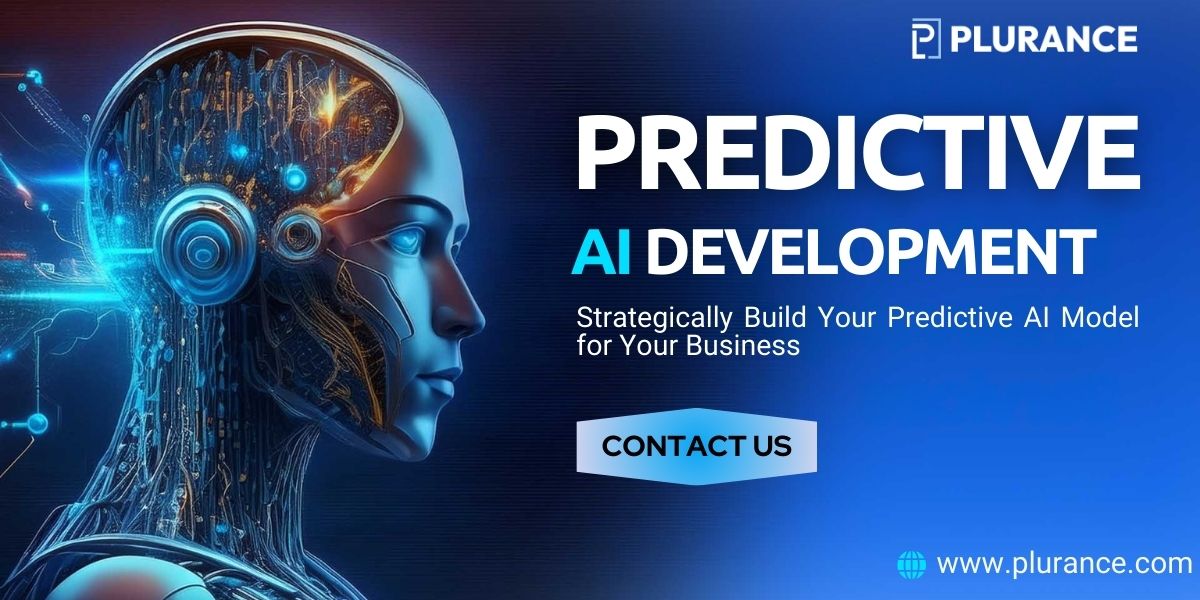Explore the best generative AI tools that simplifies complex tasks with more accuracy in the time-saving manner.Also, learn about how it reshaping industries with smart automation.
The AI world is rapidly changing, and perhaps one of the most exciting developments is the emergence of Generative AI. These powerful tools will profoundly alter the way people and organizations undertake creative or analytical tasks.It's literally a game changer for all the sectors.
This blog goes on to dive deep into the functioning and settings of generative AI and the whole world over various industries while bringing you the greatest generative AI tools in 2025.
What do Generative AI Tools mean exactly ?
Generative AI tools are a type of artificial intelligence technology that has the ability to generate completely new data rather than simply interpreting the existing data. These tools are trained on a huge dataset: text, code, images, audio, and more, and use that knowledge to generate some original outputs. It basically learns the internal rules of the data and lets that knowledge generate something entirely new.Generative AI tools are transforming many areas by automating new creative processes, increasing efficiency, and enabling entirely new pathways for exploring data.
Best Generative AI Tools for business in 2025
There are a variety of generative AI tools, each with its own strengths and applications. Here’s a curated list of the top generative AI tools for content, marketing , image, video editing,etc with key features, capabilities, and potential applications:
1. Jasper
Jasper is an essential AI writing assistant tool that has a lot to offer when it comes to writing content in different formats such as blog posts, marketing copies, social media captions, and even video scripts. The comprehensive features and capabilities of this product add to being among the generative AI tools in 2025.
Use cases: Formulation of content, website copies, digital ad copies, emails marketing copies, product description.
Pros: It is easy to operate, and has a wide variety of types of content it can formulate.
Cons: Limited trial of free content; Expensive basic price for advanced options
Key Features Include:
- Offers a user-friendly interface with plenty of templates and functionalities.
- Integration with other SEO tools for content optimization.
- Plagiarism check and grammar suggestion features.
2. Copy.ai
Copy.ai is one of the leading generation AI tools for content creation. It generates virtually every type of content-from blog content to social media captions, marketing copy, email campaigns, etc.
Features:
- Enables customization options for one's tone and voice.
- Plagiarism checker and grammar suggestions are available.
- Different formats can be generated with some style.
Use Cases:Creating blogs and articles, composing social media updates and marketing copies, and writing email campaigns.
Pros: It is convenient to use and focuses on content creation while integrating well with popular tools.
Cons:Full access is restricted to a subscription for premium plans.
3. Midjourney
Midjourney is an innovative AI image-generation platform to convert any text-based user prompt into highly creative and realistic images.
Key Features:
Offers a variety of controls to edit and fine-tune the generated images, including specifying styles, materials, and artistic movements.
Integrates easily with Discord for access and collaboration.
Use case: Generation of concept art, visualization of designs, illustration, graphic design, visuals for marketing materials, and creative exploration.
Pros: Capable of producing highly realistic images while allowing a great deal of control in the details and styles.
Cons: Very limited free version.
4. Stable Diffusion
Stable Diffusion is an open-source text-to-image model capable of generating high-quality images from a text prompt. It has many options for customization and a wide variety of artistic styles.
Features:
- Style customization for image generation
- Supports Image to image generation
- Ability to generate images on an artistic style basis
Pros- Highly customizable , open-source nature, and diverse artistic styles
Cons - Need more technical expertise for setup and customization.
5. Runway ML
Runway ML is a simple yet powerful platform hosting various tools in the realm of generative AI, such as text-to-image generation, style transfer, and video editing.
Key Features:
- Intuitive interface for easy use
- Offers multiple generative AI models and tools
- Supports collaboration and sharing of projects
- Integrated with other creative tools
Use Cases: Image generation, video editing, collaborative development for creative projects.
Pros: User-friendly interface, plenty of tools and integration with other software for creative work.
Cons: Requires paid subscription; free features are limited.
6. Deepseek
DeepSeek, an artificial intelligence interface, interests in context-based data analysis set in coding and reasoning, taking advantage of the most advanced of models, like DeepSeek-V2.
Features:
- Facilitates the handling of long texts for more in-depth comprehension and analysis of long-form content, all conducted seamlessly in one pass.
- Cost-effective interface to developers by minimizing costs possible in AI application or services integration.
- Support for multiple languages would further open up accessibility and usability beyond their numerous linguistic-situated contexts.
Advantages: It boosts productivity, provides cheap AI access, and is a powerful tool for developers and businesses.
Disadvantages: Limited languages are mainly English/Chinese,huge amounts of resources to run,availability may be restricted for small businesses.
6. GitHub Copilot
GitHub Copilot is a research project developed in collaboration with OpenAI, which offers an AI-based code completion tool designed to help developers program faster and more efficiently. It identifies code snippets and functions as you type in, and communicates them with you in real time.
Key Features:
- Gives code suggestions dependent on the context of your code
- Applicable to numerous programming languages
- Seamlessly integrates with your development environment
Use Cases: Code development, software engineering, and programming projects
Pros: Increased coding efficiency with relevant code snippets, improved code quality
Cons: May not always generate optimal code and then requires a paid subscription
7. Claude AI
Claude AI is a robust language model made available by Anthropic for various natural language purposes that include content generation, summarization, and translation.
Main Features:
- Generate human-quality text in different styles/formats.
- Offers translation and summarization.
- Follow instructions and generate different kinds of content.
- Constantly improved and added capabilities.
Use Cases:Manipulation, language conversion, research, and summarization.
Benefits:Different forms of versatility, high-quality text generation, and continuous learning.
Cons: Paid access and needs programming knowledge for incorporation.
8. Synthesia
Synthesia is a generative AI tool able to produce realistic videos with AI avatars that appear to be speaking any script you require. These videos look very professional without cameras and actors .
Key Features:
- Producing AI-powered videos with customizable avatars and backgrounds
- Supporting various languages and accents
- Providing plenty of customizable options
- Integrating with other video editing tools
- Applications: Content development and video creation.
Pros: User friendly, creates videos professionally, personalized avatars and backgrounds.
Drawbacks: Paid subscription needed for additional features. Some limited features will be accessed in the free plan.
9. ChatGPT
ChatGPT is a large language model created by OpenAI. It has been very popular since it is able to compose a text that is human-quality in response to a variety of prompts. It may include the writing of essays, translation from one language form into another, or other forms of creative writing.
Key Features:
- Ability to generate text in many different styles and formats
- Ability to translate texts and summarize speech in different tongues
- Ability to answer questions and give them meaningful answers
- Continually develop further and include new functionalities
Use Cases:Content development, interpreting, researches, customer services.
Pros:Multiplicity of functions, fantastic text creation, and continues to improve.
Cons:Paid access requires technical know-how to integrate.
10. Grok
The advanced AI named Grok can provide insights and truthful answers and help perform tasks such as analyzing X profiles, posts, and related web content incubated by xAI.
Key Capacities
- Continuous knowledge update
- Content analysis tool
- Image generation (with confirmation)
- Interactively enhance user understanding.
Application: Outstanding in research, live content appraisals (web, X posts, images, PDFs), and creative task execution like image generation for users requesting knowledge and current assistance.
Advantages: Flexibility, real-time adaptability, and ability to process different types of data, making it a powerful tool in research and conversation.
Disadvantages: No capability of editing external images, judging untruths, or making ethics decisions such as whom to punish, limiting its applicability in more subjective cases.
To conclude
Thus, you've acquired the requisite basic knowledge and understanding of the finest generative AIs in use within the marketplace by companies or individuals. Now, you're well within the realm of starting a learning journey in AI & machine learning:
Plurance is a highly reputed Generative AI development company which provides immersive learning experience through our guides and develops AI generative tools as well.
In case of anyone wishing to develop their own AI-generated tools. Reach us immediately.




















 IND
IND














